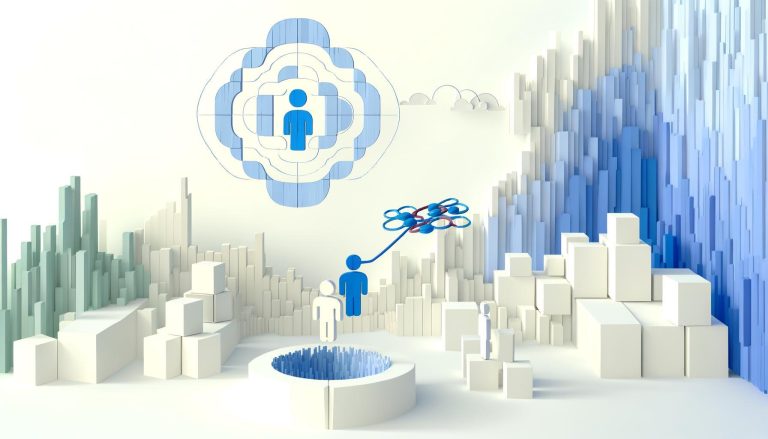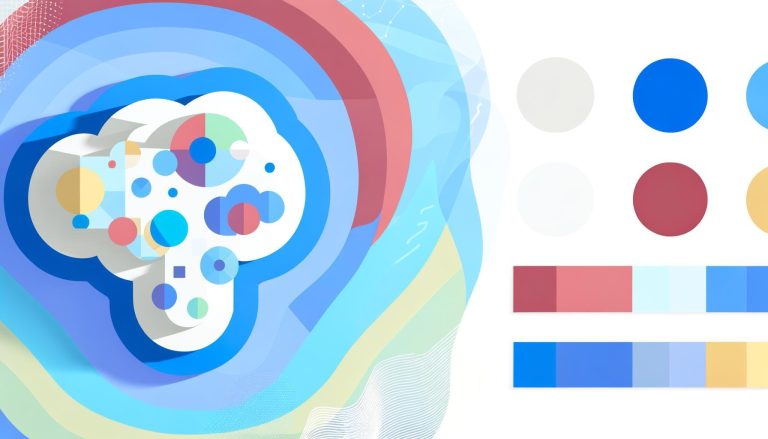Non-profit workers are at the forefront of advocacy, dedicating their time and energy to make a real difference in the world. However, the demanding nature of their roles often leads to burnout, impacting their effectiveness and well-being. As Artificial Intelligence (AI) continues to evolve, it presents innovative strategies to manage burnout and ensure the sustainability of non-profit advocacy efforts. In this article, we’ll explore how AI strategies can effectively manage burnout in non-profit workers, provide practical tips, and highlight the benefits of adopting these technologies.
Understanding Burnout in Non-Profit Workers
Burnout is characterized by chronic physical and emotional exhaustion, often accompanied by a sense of reduced accomplishment and depersonalization. In non-profit sectors, burnout can be particularly prevalent due to:
- High emotional demands from working with vulnerable populations.
- Limited resources and staffing leading to increased workloads.
- Pressure to achieve significant social impact with constrained budgets.
- Lack of recognition and financial rewards compared to for-profit sectors.
Recognizing these causes is the first step towards managing and preventing burnout using AI strategies.
The Role of AI in Managing Burnout
AI offers several innovative approaches to manage and mitigate burnout among non-profit workers:
1. Predictive Analytics for Burnout Prevention
AI-driven predictive analytics can identify early signs of burnout by analyzing data patterns related to employees’ workload, performance metrics, and sentiment analysis from communication channels such as emails or chat logs. By detecting these signs early, organizations can take proactive measures to address the root causes of burnout before they escalate.
2. AI-Powered Workload Management
AI can help distribute workloads more equitably by assessing the complexity and volume of tasks assigned to each worker. This ensures that no single employee is overwhelmed, fostering a more balanced work environment. Additionally, AI can automate routine administrative tasks, allowing non-profit workers to focus on high-impact activities that align with their skills and passions.
3. Virtual Mental Health Assistants
AI-powered mental health assistants can provide round-the-clock support, offering stress-reduction techniques, meditation exercises, and cognitive-behavioral therapy (CBT) programs. These virtual assistants can also track employees’ mental health over time and suggest personalized interventions to maintain well-being.
4. Sentiment Analysis and Emotional Support
AI tools can analyze the emotional tone of written and spoken communication to identify employees who may be struggling emotionally. This allows organizations to offer timely support, be it through counseling services or peer support groups, creating a supportive work atmosphere.
Practical Tips for Implementing AI Strategies
Successfully integrating AI solutions into non-profit organizations requires careful consideration and planning. Here are some practical tips:
- Start Small: Implement AI tools on a small scale to evaluate their effectiveness before scaling up.
- Train Staff: Provide training sessions to ensure employees are comfortable using AI tools.
- Foster a Supportive Culture: Encourage open communication about mental health and well-being issues.
- Monitor and Evaluate: Continuously monitor the impact of AI interventions and make necessary adjustments.
- Collaborate with Experts: Partner with AI and mental health experts to design comprehensive burnout management strategies.
Benefits of AI in Burnout Management
Adopting AI strategies to manage burnout offers several benefits for non-profit organizations:
Enhanced Employee Well-Being
AI-driven interventions can significantly improve employees’ mental health and overall well-being, leading to increased job satisfaction and reduced turnover rates.
Increased Productivity and Efficiency
By automating routine tasks and optimizing workload distribution, AI enables non-profit workers to engage in more meaningful and impactful work, ultimately increasing productivity and operational efficiency.
Data-Driven Decision Making
AI tools provide valuable insights through data analysis, helping organizations make informed decisions to address employee needs and enhance support systems.
Sustainable Advocacy Efforts
Effective burnout management ensures that non-profit workers remain passionate and committed to their cause, leading to more sustainable and impactful advocacy efforts over the long term.
Conclusion
Burnout is a significant challenge for non-profit workers, but leveraging AI strategies can offer effective solutions. By adopting AI-driven predictive analytics, workload management, virtual mental health assistants, and sentiment analysis tools, non-profit organizations can create a supportive and sustainable work environment. Implementing these strategies with practical planning ensures that employees remain healthy, engaged, and dedicated to their advocacy missions.
If you’re part of a non-profit organization looking to improve employee well-being and efficiency, exploring AI solutions could be a transformative step. Additionally, tools like Zenora can help track moods and habits, offering valuable insights into the mental health trends within your team and supporting their overall well-being and productivity.





